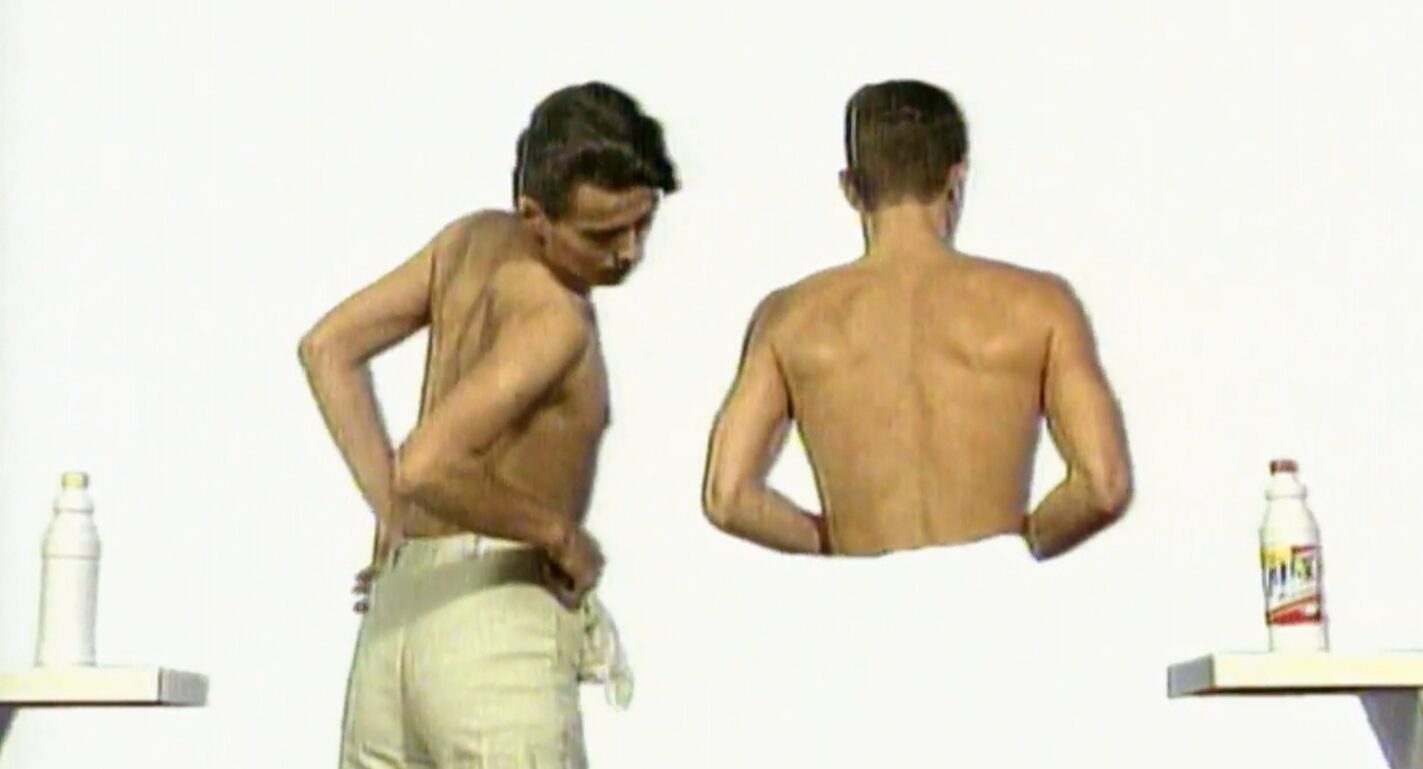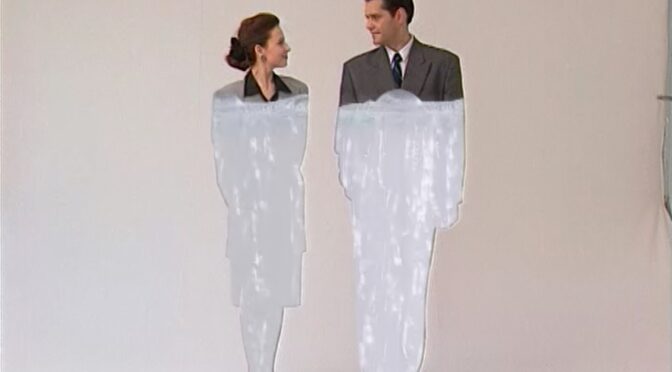Article by Romeo Gjokaj
Translation by Martina Marino
Radu Jude and Christian Ferencz-Flatz’s latest work is deeply rooted in the socio-political context of post-revolution Romania, narrating the last thirty years of the country’s history through the commercials that accompanied its people towards democracy. It is an experimental found-footage documentary, divided into eight chapters displaying dozens of commercials played back-to-back: an overwhelming and ever-changing flow of ideals, dreams and hopes. Thus, we find ourselves reliving a fragment of the utopia promised by the end of socialism, yet an utopia that, however, is jarring and full of contradictions.

The first four chapters, titled History of the Romanians, Money Talks, The Technological Revolution and Magique mirage, reflect all the enthusiasm brought by the revolution, playing on the relationship between old and new Romania. Western consumerism, which became the model of inspiration, is thus reflected in the rush for accumulation and wellness.
The second half of the film focuses on people and their new lifestyle. The Ages of Man retraces the Romanian citizen’s life cycle through the distorted filter of gaudy commercial images, from birth to death, outlining a path that inevitably follows predetermined tracks. Found Poetry blends various commercial slogans, while The Anatomy of Consumption reconstructs the sensory process that drives an individual to purchase a product, consume it and, ultimately, discard it. The eighth chapter, Masculine Feminine, shows how their roles are polarized in Romanian society: women, when they’re not wives and mothers, are portrayed as sensual and provocative, serving as mere objects of the gaze of strong, independent men who are also avid beer consumers.
The irony of the montage creates a fun and hallucinatory film that, in the epilogue The Green Apocalypse, envisions the end of this story: a future where nature rises up to regain control of the Earth.

